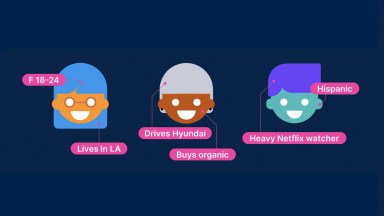Esports fans are often described as simply “male Millennials”—and the description often fits: Globally, men far outnumber women both as esports competitors and fans. That doesn’t mean women aren’t in the game, however. Females are engaging with esports, and at increasing rates. According to a recent Nielsen Esports Fan Insights survey, 22% of esports fans around the world are female. And in countries where organized esports have been around the longest, we see more gender parity in esports fandom.
Korea and China, two countries with the highest proportion of fans who have been following esports for four or more years, lead all nations in gender equality among fans. In Korea, 32% of esports fans are female. In China, the ratio is 30% to 70%. The U.K., Canada, France and Germany all boast a higher percent of female esports fans than the U.S. where just 17% of esports fans are female.
“We see a direct correlation between how mainstream esports has become in a country’s culture, and how likely females are to participate in the esports ecosystem. Newer fans are more likely to be females, who often start with casual viewing and then become more engaged over time,” said Nicole Pike, managing director, Nielsen Esports.
The entertainment aspect of esports is among the biggest draws for fans regardless of gender. However, for female esports fans, connecting, meeting and socializing with other fans and gamers is a stronger driver of esports engagement than it is for males. Dressing up, or seeing fans in costumes representing their favorite esports characters (commonly known as cosplay), is also more valued by female esports fans.
In contrast, males are significantly more likely to follow esports as a way to learn tips and tricks from the pros and to become better gamers.
Female fans prefer watching live versus recorded esports, especially because of the opportunity to engage on social media and communicate with other esports fans during the event more so than males.
When females watch esports, they often take part in other activities at the same time, such as social networking, listening to music and watching other programming. However, female esports fans are less likely than males to play video games while watching esports.
As esports becomes a more mainstream form of entertainment across more global markets, females will no doubt become a more important part of the audience for both rights holders and brands to address. It’s clear that it’s not just their gender that sets them apart from their male counterparts, but also their inherent motivations, preferences, and touch points within the esports ecosystem. Finding ways to uniquely connect with females on this more nuanced level will be increasingly key to industry stakeholders’ success and monetization strategies moving forward.



